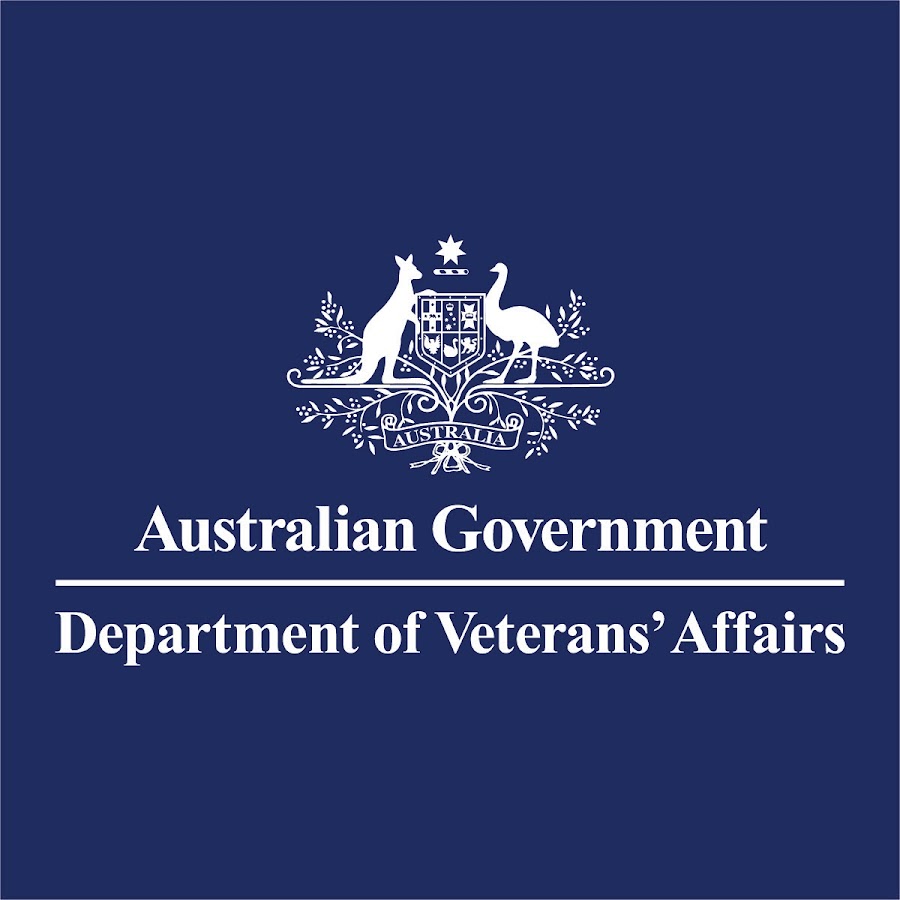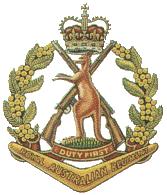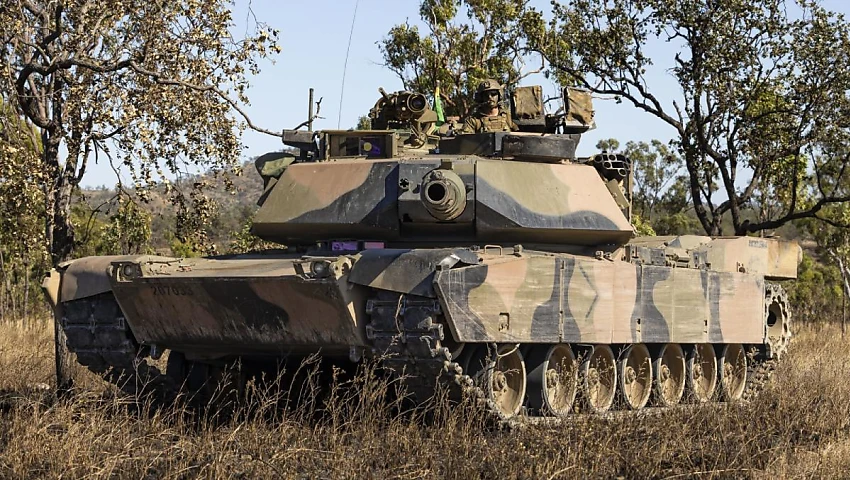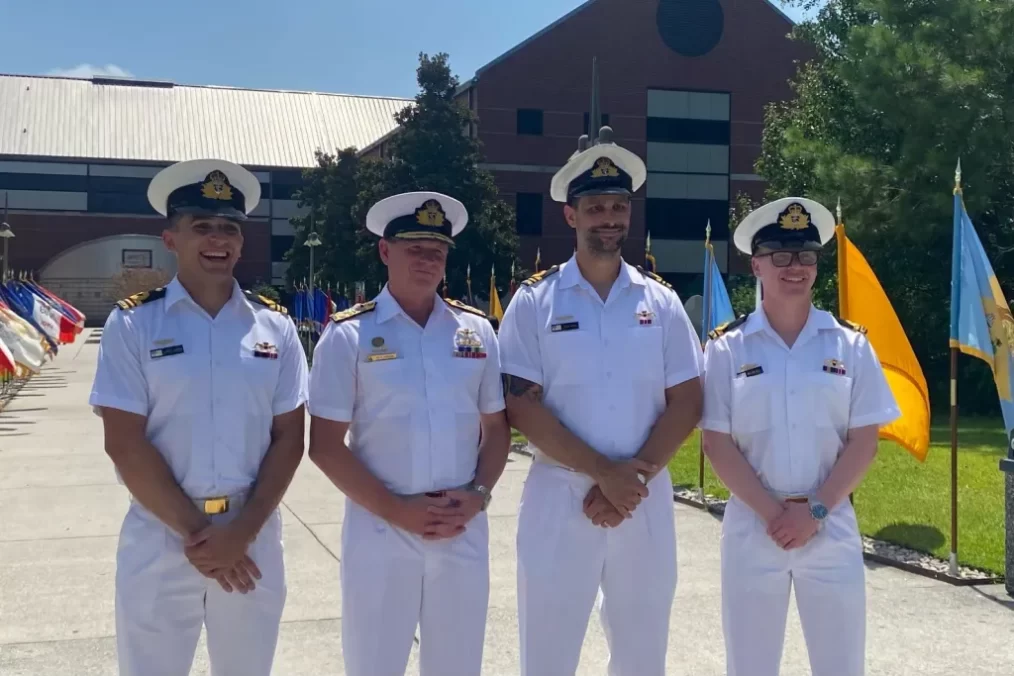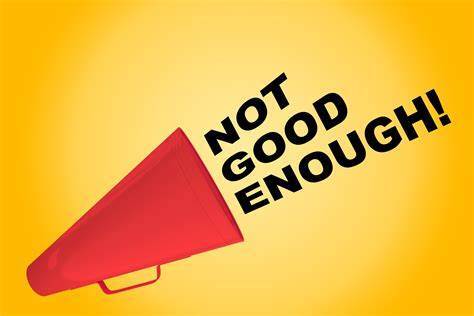Australian Defence Magazine (ADM – updated.
The 1st Armoured Regiment is set to test a modified version of the electric Protected Mobility Vehicle (ePMV) prototype as part of its new experimental role. This trial marks a key step forward in Army’s exploration of hybrid vehicle technologies aimed at modernizing its fleet.
Initially unveiled at the 2022 Chief of Army Symposium in Adelaide, the ePMV boasted a 113-kilowatt-hour battery. At that time, its main advantages were highlighted: a significantly lower thermal signature than the standard Bushmaster, the ability to operate silently for extended periods, and the capacity to export power easily. These features were seen as groundbreaking for improving operational flexibility and stealth capabilities.
However, the all-electric design came with limitations, most notably its range. The ePMV could only travel about a third of the distance of the standard Bushmaster and required deployable generators for recharging, which posed logistical challenges in the field.
To mitigate these drawbacks, the Army is now converting the ePMV into a hybrid diesel-electric configuration. This upgrade will enable the vehicle to achieve a range comparable to the standard Bushmaster PMV while maintaining a similar logistics footprint. The new hybrid configuration seeks to preserve the benefits of electrification, such as silent operation and reduced emissions, while addressing the range and recharging limitations.
“The Australian Army is working with Australian defence industry to upgrade its prototype electric Bushmaster protected mobility vehicle (ePMV) to a diesel-electric hybrid. This upgrade will provide the ePMV with a range comparable to the standard Bushmaster vehicle,” a Defence spokesperson told Australian Defence Magazine (ADM).
Once the hybrid-electric ePMV prototype is ready, the 1st Armoured Regiment will conduct field testing and evaluation. As the Army’s experimental unit, the regiment is responsible for assessing new technologies and operational concepts. However, details regarding the total cost of the program and future service plans for platforms based on the hybrid ePMV remain unclear, as Defence has not provided specific responses on these questions. The timeline for field testing is also yet to be disclosed.
This hybrid-electric vehicle project reflects the Army’s ongoing commitment to exploring innovative solutions that enhance capability while reducing environmental impact and improving battlefield efficiency.


